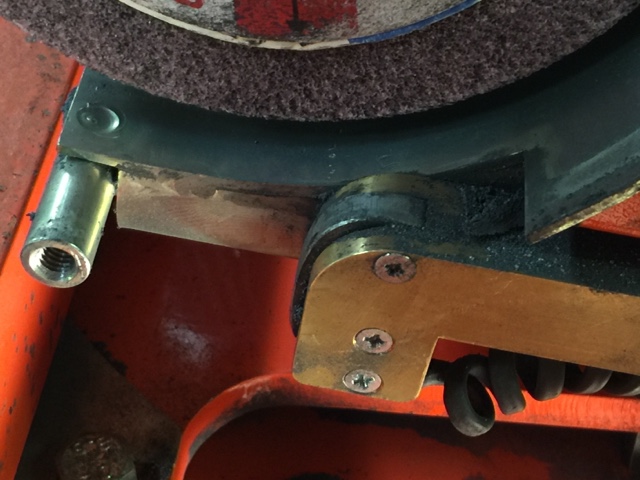The pipe going into the wall led to a basin where oil pans could be emptied - high tech, no?
The tank had been there so long the asphalt was laid around it, and the dents are from equipment running into it on more than one occasion. It was a single-walled tank and I'm so glad to see it gone.
Better, yes? A double-walled, 185 gallon tank, purpose-built for waste oil under the existing overhang to help keep the rain off and out of traffic. We will add a couple of bollards to help protect it and define the space.
Next up is patching the asphalt where the old repair was never finished, and getting the hanging BX cable rerouted in the existing conduit - we have several projects like this for the winter months ahead.
While I was out shopping for winter clothes this past weekend (I was in South Florida for 22 years) I spotted a sweet ride to share:
I took a closer look:
Absolutely done right, with a 600+ HP 572 big block, Wilwood brakes all around, subframe connectors (yes, I was on my hands and knees in the parking lot) I just walked slowly around the car while my wife shopped, hoping I wouldn't get drool on my chin...
Regards,







































